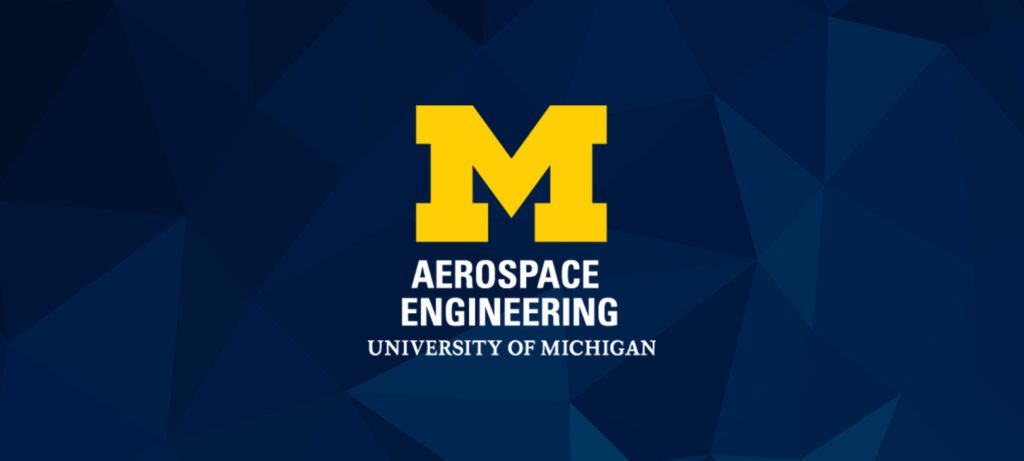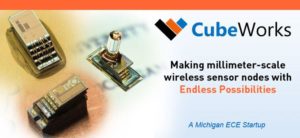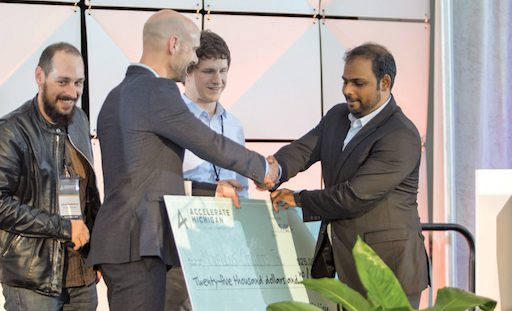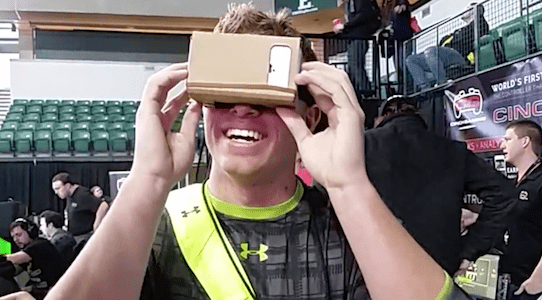The AAAS seeks to advance science, engineering, and innovation throughout the world for the benefit of all people.


The AAAS seeks to advance science, engineering, and innovation throughout the world for the benefit of all people.

Office of Naval Research has awarded Dmitry Berenson, an assistant professor of Electrical Engineering and Computer Science, $1.1 million to help advance emergency response capabilities for robots.

Prof. Kanicki expects breakthroughs in both the flat-panel display and imager industries using his-ITZO TFT technology in the near future.

UM-SEDS co-President Arun Nagpal develops ENG 100 section to expose freshman to space science and atmospheric sensing.

Cubeworks receives its first external funding to manufacture millimeter-scale computing devices

New research vehicles will be open testbeds for academic and industry researchers to rapidly test self-driving and connected vehicle technologies at a world-class proving ground.
The post Open-access automated cars to advance driverless research appeared first on Engineering Research News.

Movellus Circuits won $25,000 in the University Research Highlight and People’s Choice categories

Launch is fast approaching for a $151 million, University of Michigan-led NASA satellite mission that will help improve forecasts of hurricane track, intensity and storm surge.
The post Hurricane-tracking satellite fleet readies for launch appeared first on Engineering Research News.

EE senior Duncan Abbot and his new startup Gwydion want to make VR worth the while. Their early projects range from therapy in children’s hospitals to helping materials scientists study 3D crystals.
Some believed early Michigan brain researchers were engaging in “science fiction” – until development of an advanced tool for forging breakthroughs proved them wrong.
The post The Michigan Probe: Changing the Course of Brain Research appeared first on Michigan Engineering News.